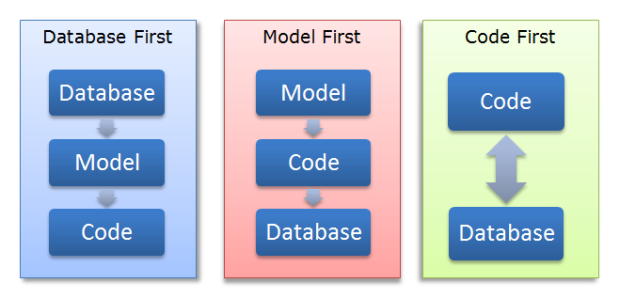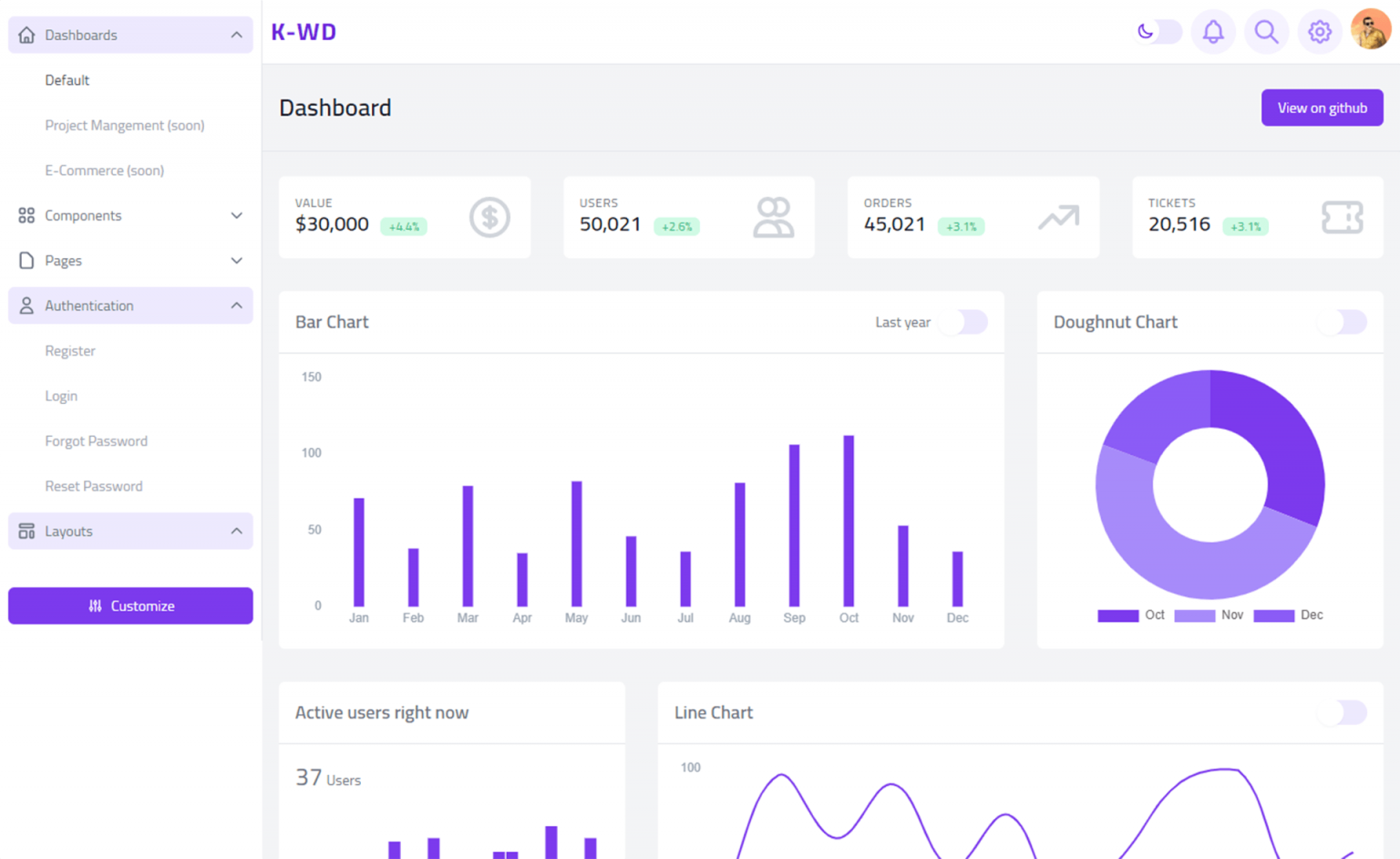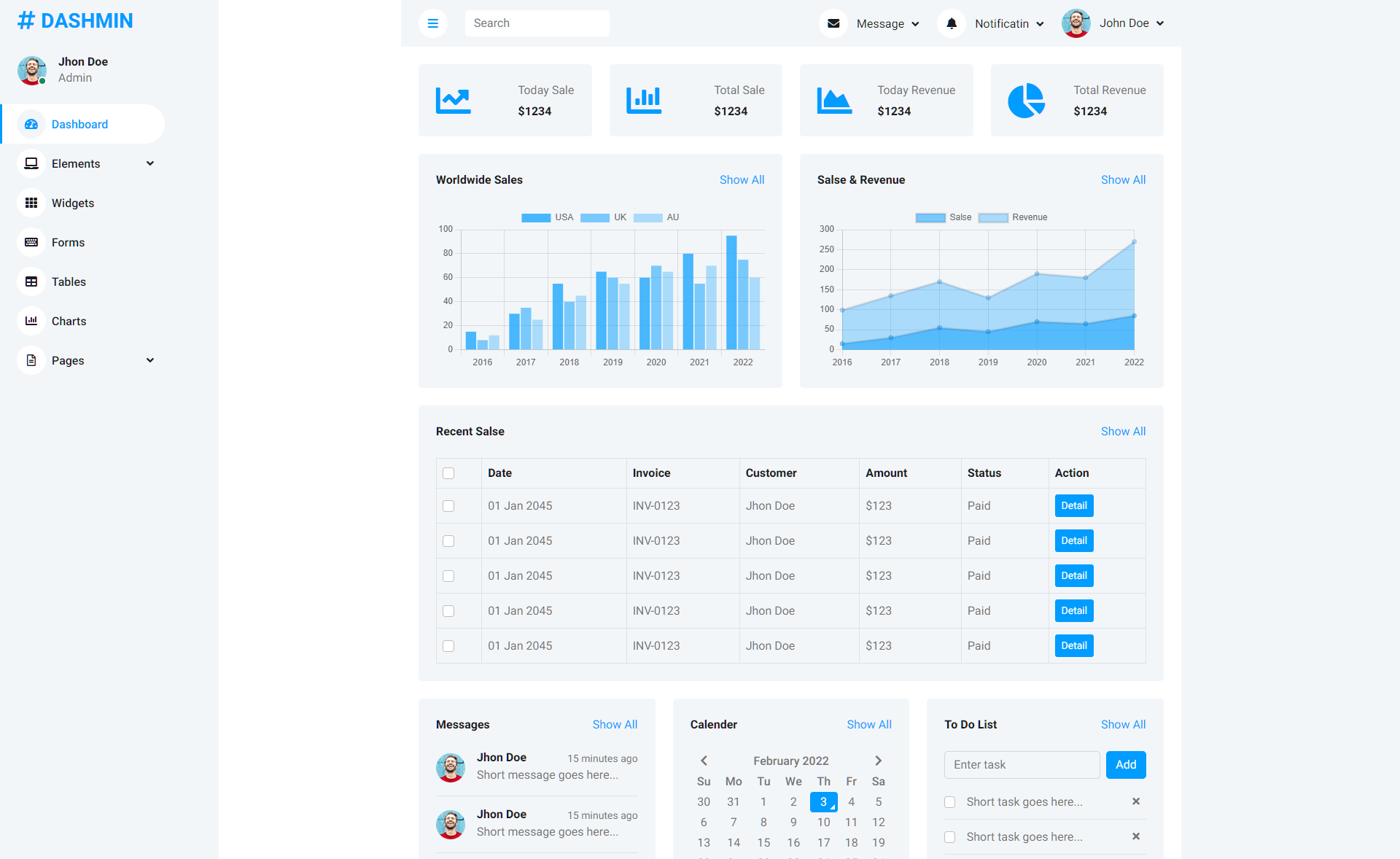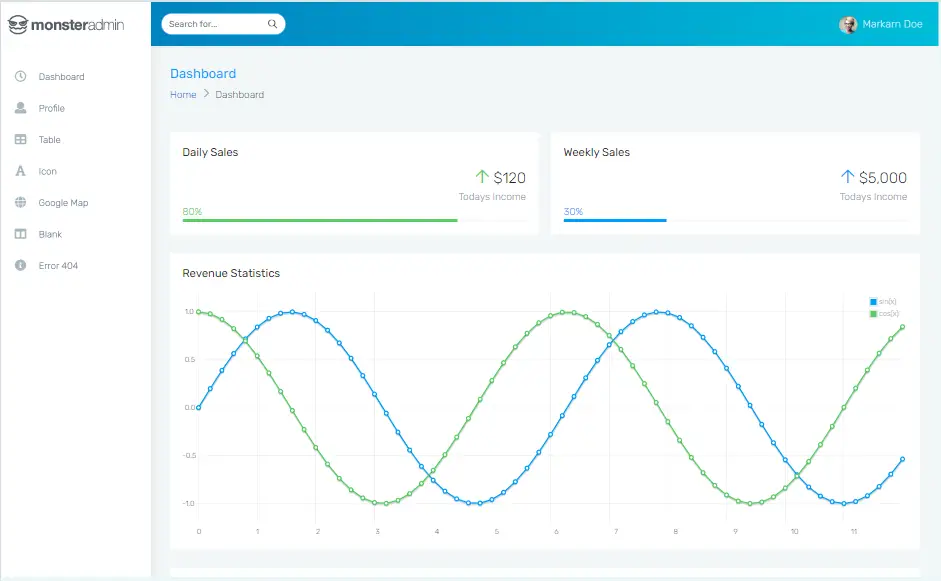Filtering GROUP BY with HAVING and WHERE in SQL
By Tan Lee Published on Mar 07, 2025 285
- Use
WHEREto filter individual rows before the grouping. - Use
HAVINGto filter the results after the grouping has been done.
To put it simply, WHERE filters the rows before grouping, GROUP BY groups the filtered rows, and HAVING filters the groups.
Using WHERE with GROUP BY
Imagine you have a table recording purchases made by customers, and you want to know how many items each customer bought on a specific date.
| CustomerID | Item | PurchaseDate |
|---|---|---|
| 101 | Laptop | 2023-06-15 |
| 102 | Phone | 2023-06-15 |
| 101 | Tablet | 2023-06-15 |
| 103 | Headphones | 2023-06-16 |
To get the number of items each customer purchased on 2023-06-15, you would use WHERE to filter the rows and then group the results by customer:
SELECT CustomerID, COUNT(*) as ItemsPurchased FROM Purchases WHERE PurchaseDate = '2023-06-15' GROUP BY CustomerID
In this example:
WHEREfilters the table, including only the rows with aPurchaseDateof'2023-06-15'.GROUP BYgroups the filtered rows byCustomerID.- The query then counts how many items each customer bought on that date.
Query Result:
| CustomerID | ItemsPurchased |
|---|---|
| 101 | 2 |
| 102 | 1 |
Using HAVING with GROUP BY
Now, let’s say you want to group the purchases by CustomerID, but you only want to include customers who bought more than one item. To do this, you would use HAVING after grouping:
SELECT CustomerID, COUNT(*) as ItemsPurchased FROM Purchases GROUP BY CustomerID HAVING COUNT(*) > 1
In this example:
GROUP BYgroups all rows byCustomerID.HAVINGfilters the groups where the count of items purchased is greater than 1.
Query Result:
| CustomerID | ItemsPurchased |
|---|---|
| 101 | 2 |
In summary:
WHEREfilters rows before grouping, and it’s used to narrow down the dataset for the grouping operation.HAVINGfilters after the rows are grouped, and it's used to refine which groups to include based on aggregate conditions.
You can combine WHERE and HAVING in a query when needed, using WHERE for row filtering and HAVING for group filtering. Both can be used with aggregate functions like COUNT, SUM, AVG, MIN, and MAX to specify the filtering conditions.
- How to Download ODBC Driver for SQL Server
- How to Download SQL Server Management Studio (SSMS) Versions
- How to Query JSON in SQL Server
- How to modify JSON in SQL Server
- How to set time to 00:00:00 with GETDATE() in SQL
- How to find all the dependencies of a table in SQL Server
- How to Find Objects Referencing a Table in SQL Server
- Case sensitivity in SQL Server





